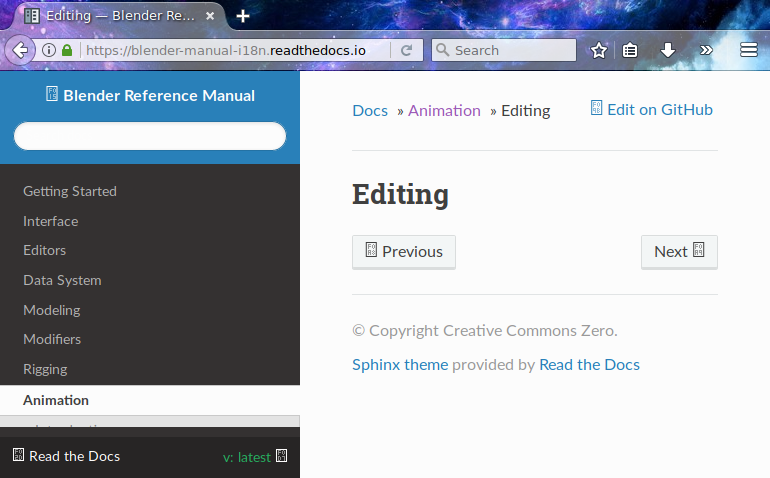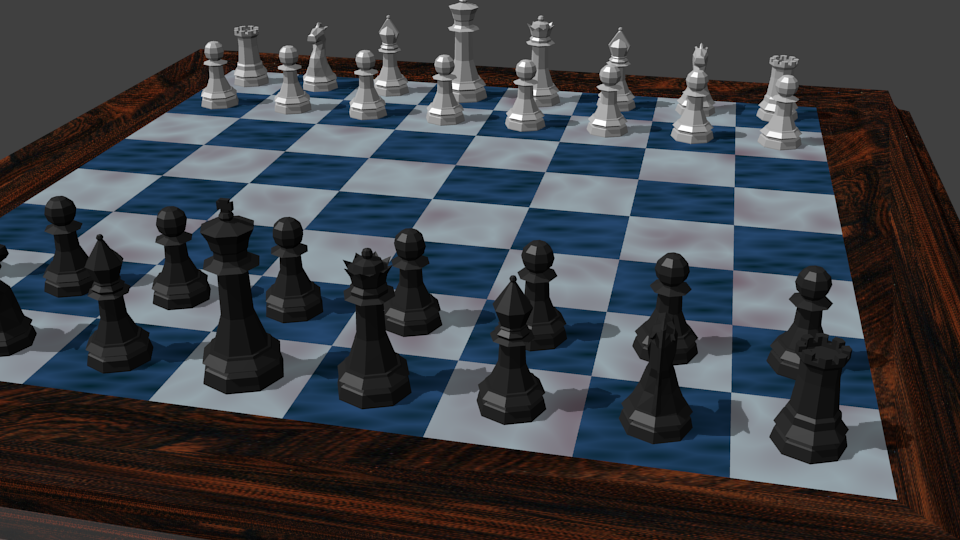The first computer program I ever saw run was a 3d graphical virtual reality simulation which was as immersive as any I’ve ever experienced. What is really astonishing is that this took place in 1979 and the program was loaded into less than 48 kilobytes of RAM from a cassette tape. Yes, a cassette tape.
That program, called FS1, was written by a genius visionary named Bruce Artwick. Very soon after my dad and I saw that demonstration, we were among the first families to have a computer in our home. Of course we loved Flight Simulator, as it is better known. But there’s some even more obscure ancient history hiding in there.
Not long after that, Artwick’s company Sublogic released a program called A23D1. You can find an ancient reference to it in the March 1980 edition of Byte magazine. It simply says, "A23D1 animation package for the Apple II ($45 on cassette, $55 for disk)." That is all I can find to remind myself that I wasn’t just dreaming it.
Although Flight Simulator was jaw droppingly spectacular, I almost think that A23D1 was even more historically premature. It was nothing less than a general purpose 3d modeling program and rendering engine. Remember, this was for the 8-bit 6502 processor with 48kB of RAM.
Of course we’re not talking about Pixar level of polish, but in 1980 seeing any 3d computer graphics was nearly a religious experience. I think it would be hard to understand the impact today. It was like looking through a knothole in the fence between our reality and the magical land of the fantastic. Remember at this time the only 3d graphics anybody had ever seen were on Luke’s targeting computer and, as dorky as those graphics look today, at the time we walked out of the theaters no less stunned than if we’d just returned from an actual visit to a galaxy far, far away.
I remember my dad getting out the graph paper and straining his way through the severe A23D1 manual until, many hexadecimal conversions later, he had created a little sailboat in a reality that had not existed before in our lives. To see a window to another universe in our house, tantalizingly under our control, was mind-blowing. These were the first rays of light in the dawn of virtual reality.
I think A23D1 overreached a bit. It was not truly time for 3d. I spent my high school years absorbed by the miraculous new 2d "paint" programs. When I landed my first gig as an engineering intern for a metrology robot company, they had a copy of AutoCAD. I don’t know exactly why because nobody used it or even knew how. I was drawn to it immediately. There was no mouse (yes, the AutoCAD of 1988 had a keyboard-only mode which was pretty commonly used) and the monitor was monochrome. I started systematically building expertise. I eventually learned how to model things in 3d and how to write software in AutoLisp (apparently a direct contemporary of EmacsLisp).
AutoCAD formed the basis of a pretty good engineering career for me. The problem was that I was pushing the limits of what AutoCAD was designed for. I constantly struggled with the fact that (1990s) AutoCAD’s 3d features were roughly bolted on to an earlier 2d product. The expense of AutoCAD was tolerable for a business but not for me personally. As AutoCAD moved away from any kind of cross-platform support, the thought of using it on a stupid OS filled me with dread. As a result of the dark curse of proprietary formats I found myself cut off from a large body of my own intellectual work.
That’s the background story that helps explain why I thought it might be best if I recreated AutoCAD myself from scratch. I was kind of hoping the free software world would handily beat me to it, but no, my reasons are still as good as ever to press on with my own incomplete geometric modeler.
But it is incomplete. And that has been a real impediment for someone like me who is so experienced with 3d modeling. A few years ago, I was making some videos and having trouble finding free software that was stable enough to do the job. I eventually was directed to Blender and I was impressed. I have done a lot of video editing now with Blender (email me for a link to my YouTube empire if you’re interested) and it has never let me down. Blender has a very quirky interface (to me) but it is not stupid nor designed for stupid people. After getting a feel for it I started to realize that this was a serious tool for serious people. I believe it is one of the greatest works of free software ever written.
My backlog of 3d modeling projects has grown so large that I decided to try to get skilled at using Blender at the end of this year. I have envisioned a lot of engineering projects that just need something more heavy duty than what my modeling system is currently ready for. I also think that my system can be quite complimentary to something like Blender.
The problem with Blender for me is that it is a first class tool for artists. But for engineering geometry, I find it to be more of a challenge. My system on the other hand is by its fundamental design the opposite. One of the things that would always frustrate me with bad AutoCAD users (which is almost all of the ones I ever encountered, and if you’re an exception, you’ll know exactly what I mean) is that they often would make things look just fine. This is maddening because looking right is not the same thing as being right. Blender specializes in making things look great. Which is fine but when I start a project I usually have a long list of hard numerical constraints that make looks irrelevant. I’m not saying Blender is incapable; the fact that there’s a Python console mode suggests that all serious things are more than possible with Blender.
But I get a bit dispirited when I go looking for documentation for such things and turn up nothing. Even for relatively simple things this is all too common.

Since I’ve just had such a great experience with on-line education I thought maybe there was some such way to learn Blender thoroughly. And there is! I’ve been going through this very comprehensive course from Udemy. I’m about half way through it and it basically provides a structured way to go through most of the important functionality of Blender while getting good explanations and plenty of practice.
Here’s an example of a stylish low-poly chess set I created.

Not that exciting but a good project to get solid practice with.
With AutoCAD I remember writing all my own software to animate architectural walk-throughs and machine articulation simulations. Obviously Blender comes with all of that refined for a professional level of modern 3d animation craftsmanship. Here’s a quick little animation I did which was not so quick to create, but very educational.

Rendering this tiny thing I learned that Blender is the ultimate CPU and GPU punisher. Simultaneously! If you want to melt your overclocked gaming rig, I recommend Blender.
The reason I think it’s wise and safe to invest so heavily in Blender is that this rug will never be pulled out from under me. I can’t afford AutoCAD so that door is slammed in my face. Blender, on the other hand, is in the public domain. I even have access to the source code if there’s something I don’t like. No excuses.
I hope I can integrate it with the more engineering oriented geometry tools I have written. I am confident that I can use it to start design work on my own autonomous vehicles and to generate assets for vehicle simulations in game engines.
Blender is a fun program. It is heroically cross-platform. You can just download it from blender.org. If you can’t get inspired by the awesome artwork people have created (e.g.) you’re probably pretty dull. While there is a lot to it, the rewards are commensurate. If you have ever used A23D1, Blender is well within your capabilities. The same is true if you have ever run a virtual fashion empire designing and selling virtual skirts to virtual people. In fact, if that describes you, I would highly recommend you pay the $10 for this Udemy course and get to it!